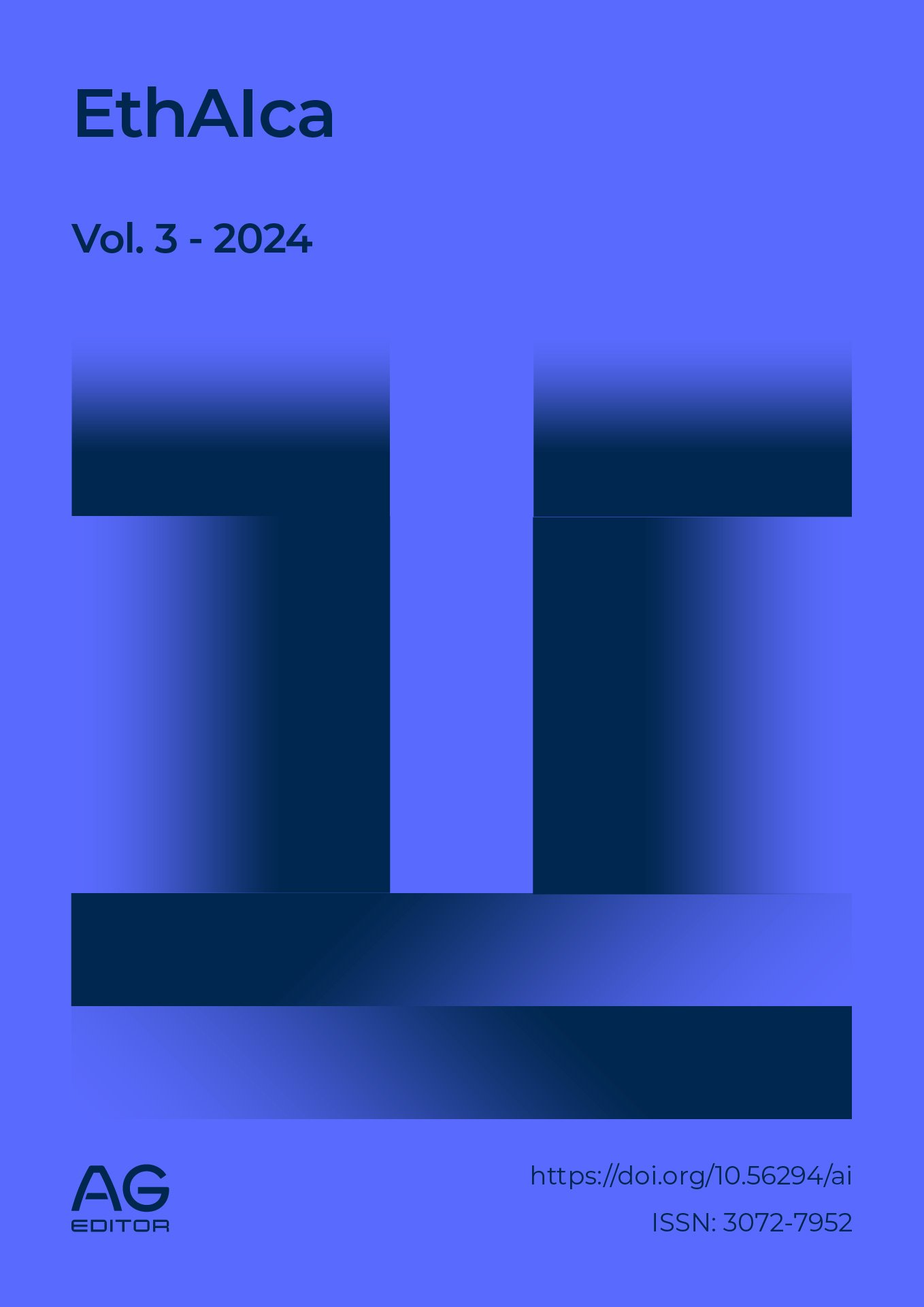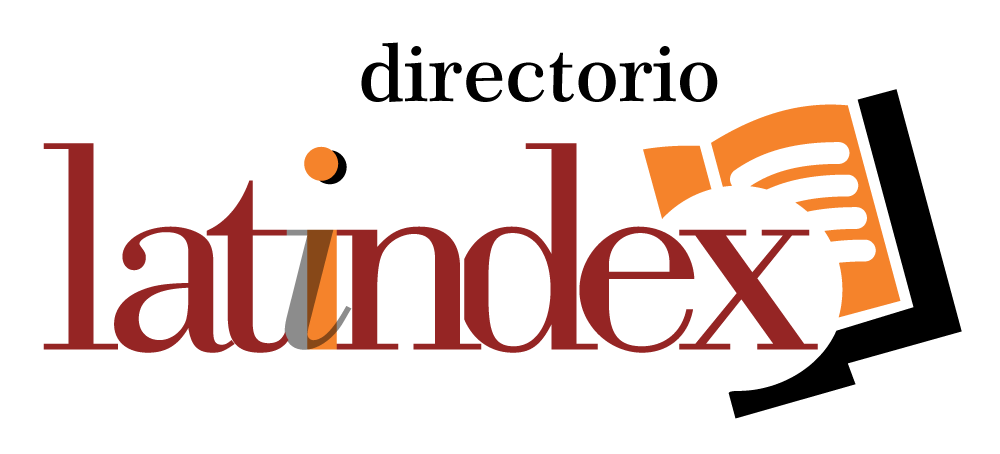Prototyping and Validation of a Low-Code Platform for Dynamic Code Generation in Microservices
DOI:
https://doi.org/10.56294/ai2024132Keywords:
Microservices, Low-code, Code generation, Distributed architecture, Agile developmentAbstract
Introduction: The project addressed the issue of developing microservice architectures, a practice increasingly adopted in the software industry due to its benefits in terms of scalability and maintenance. However, its implementation involves a high degree of technical complexity, especially in the design, integration, and deployment stages. Given this scenario, the development of a low-code web platform was proposed to facilitate the visual design of microservices, reducing development times and technical barriers.
Methods: To carry out the proposal, the agile Scrum methodology was applied, allowing for iterative and incremental construction of the system. The platform was developed with technologies such as Java and Spring Framework in the backend, HTML, CSS, JavaScript, and Thymeleaf in the frontend, and PostgreSQL as the database. Apache Kafka was incorporated for asynchronous communication, MinIO for storage, and semantic technologies such as RDF and SPARQL managed by Apache Jena. Code generation was performed with Apache Velocity, based on predefined templates.
Results: The system allowed users to design microservice architectures using a visual interface (canvas), configure specific properties, and automatically generate source code. In addition, it incorporated validations that ensured the consistency of the designs and offered mechanisms for authentication and export of the generated code.
Conclusions: The platform achieved its goal of simplifying microservice development through a low-code approach. Its usefulness as a support tool for developers was validated, reducing complexity and time spent on repetitive technical tasks.
References
1. Apache Software Foundation. Apache Kafka [Internet]. 2024 [citado 2025 jun 28]. Disponible en: https://kafka.apache.org/
2. Banco Central de la República Argentina (BCRA). Cotizaciones por fecha [Internet]. 2024 [citado 2025 jun 28]. Disponible en: http://www.bcra.gob.ar/PublicacionesEstadisticas/Cotizaciones_por_fecha_2.asp
3. Chaudhary HAA, Ahmed T. Integration of micro-services as components in modeling environments for low code development. ISP RAS. 2021;33(4):19-30. doi:10.15514/ISPRAS-2021-33(4)-2
4. Dhoke P, Lokulwar P. Evaluating the Impact of No-Code/Low-Code Backend Services on API Development and Implementation: A Case Study Approach. In: 14th International Conference on Computing Communication and Networking Technologies (ICCCNT); 2023 Jul 11-13; Chennai, India. Piscataway: IEEE; 2023. p. 1-5. doi:10.1109/ICCCNT56998.2023.10306945
5. DigitalOcean. DigitalOcean Managed Kubernetes [Internet]. 2024 [citado 2025 jun 28]. Disponible en: https://www.digitalocean.com/products/kubernetes
6. IBM. Minio [Internet]. 2021 [citado 2025 jun 28]. Disponible en: https://www.ibm.com/docs/es/cloud-private/3.2.x?topic=private-minio
7. JetBrains. IntelliJ IDEA features [Internet]. 2024 [citado 2025 jun 28]. Disponible en: https://www.jetbrains.com/es-es/idea/features/
8. Kubernetes. ¿Qué es Kubernetes? [Internet]. 2022 [citado 2025 jun 28]. Disponible en: https://kubernetes.io/es/docs/concepts/overview/what-is-kubernetes/
9. Lewis J, Fowler M. Microservices: a definition of this new architectural term [Internet]. 2014 [citado 2025 jun 28]. Disponible en: https://martinfowler.com/articles/microservices.html
10. Lopez BM, Garcia JL. Impacto de arquitecturas de microservicios en el desarrollo web [Tesis de maestría en Internet]. Madrid: Universidad Politécnica de Madrid; 2019 [citado 2025 jun 28]. Disponible en: https://oa.upm.es/55917/1/TESIS_MASTER_BRUNO_MARTIN_LOPEZ.pdf
11. Mozilla Developer Network. HTML5 [Internet]. 2023 [citado 2025 jun 28]. Disponible en: https://developer.mozilla.org/es/docs/Glossary/HTML5
12. Postman. What is Postman? [Internet]. 2024 [citado 2025 jun 28]. Disponible en: https://www.postman.com/product/what-is-postman/
13. Richardson C. Microservices patterns: With examples in Java. New York: Manning Publications; 2019.
14. Rock Content. What is Bootstrap? [Internet]. 2020 [citado 2025 jun 28]. Disponible en: https://rockcontent.com/es/blog/bootstrap/
15. Said M, Ezzati A, Arezki S. Microservice-specific language, a step to the low-code platforms. In: Lecture Notes in Networks and Systems. 2023;637:817-28. doi:10.1007/978-3-031-26384-2_72
16. Spring. Spring Framework [Internet]. 2024 [citado 2025 jun 28]. Disponible en: https://spring.io/projects/spring-framework
17. The Thymeleaf Team. Thymeleaf [Internet]. 2024 [citado 2025 jun 28]. Disponible en: https://www.thymeleaf.org/
18. Trello. Trello Tour [Internet]. 2023 [citado 2025 jun 28]. Disponible en: https://trello.com/es/tour
19. Vincent P, Lijima K, Driver M, Wong J, Natis Y. Gartner magic quadrant for enterprise low-code application platforms [Internet]. Stamford: Gartner, Inc.; 2019 [citado 2025 jun 28]. Disponible en: https://www.gartner.com/en/documents/3956079
20. World Wide Web Consortium. SPARQL 1.1 Query Language [Internet]. 2013 [citado 2025 jun 28]. Disponible en: https://www.w3.org/TR/sparql11-query/
Published
Issue
Section
License
Copyright (c) 2024 Tomás Darquier, Pablo Alejandro Virgolini (Author)

This work is licensed under a Creative Commons Attribution 4.0 International License.
The article is distributed under the Creative Commons Attribution 4.0 License. Unless otherwise stated, associated published material is distributed under the same licence.






